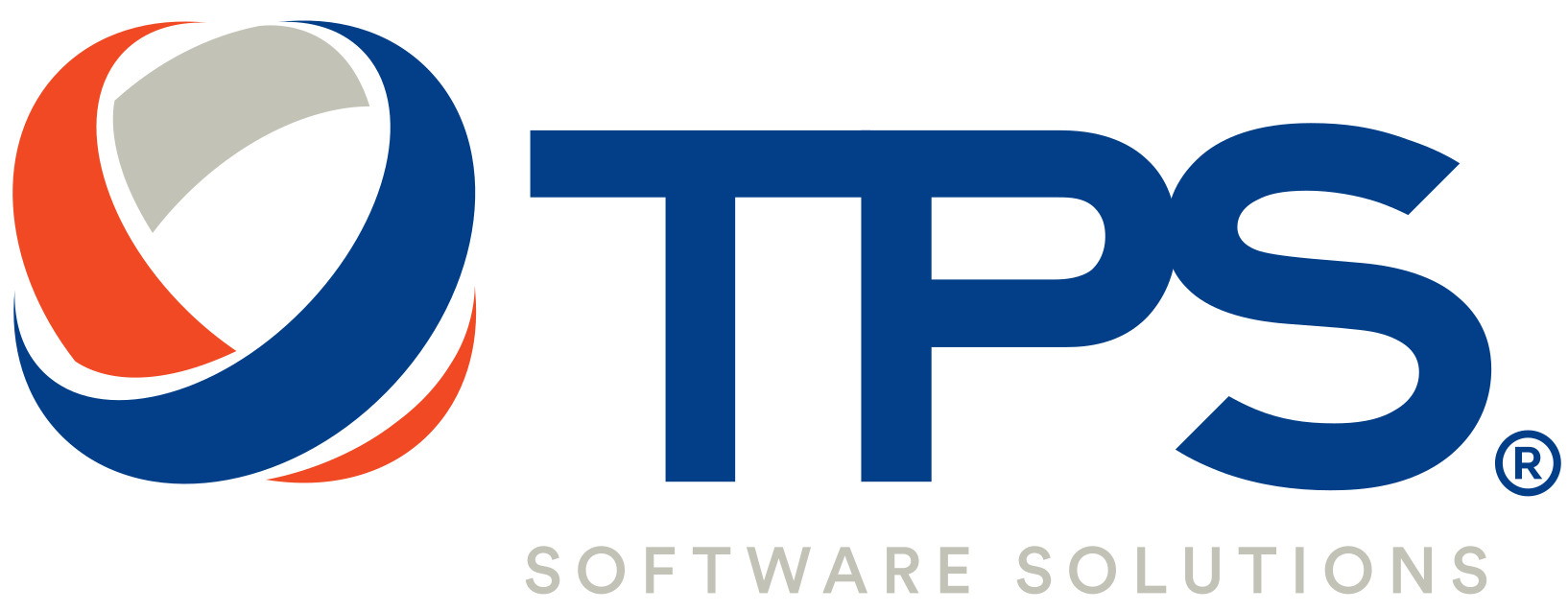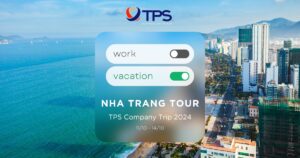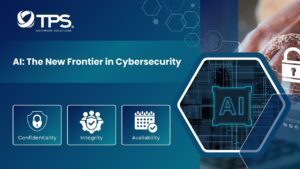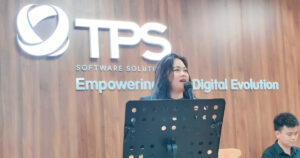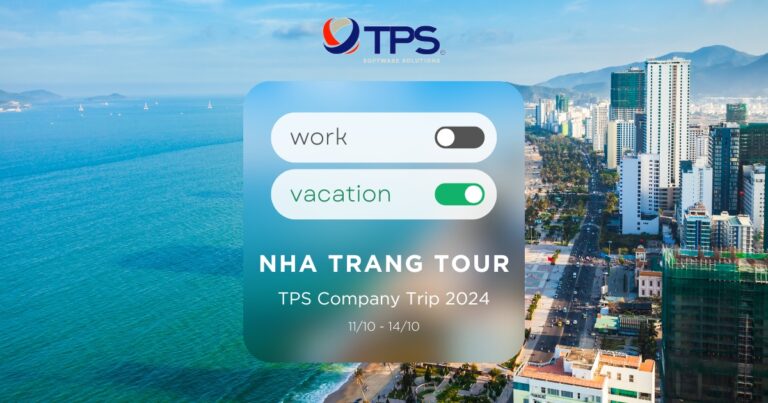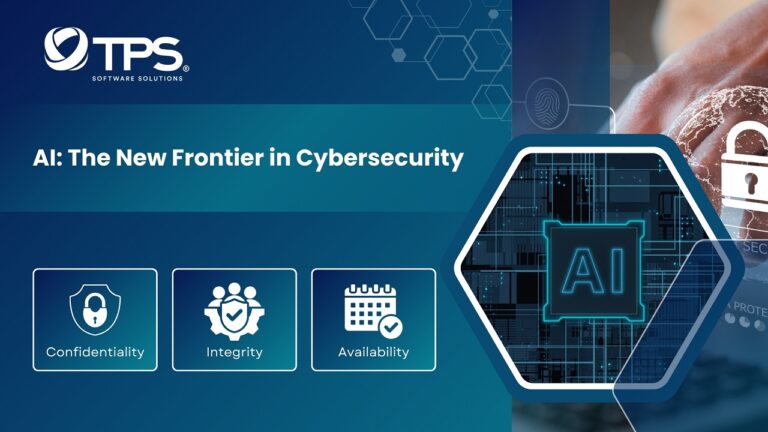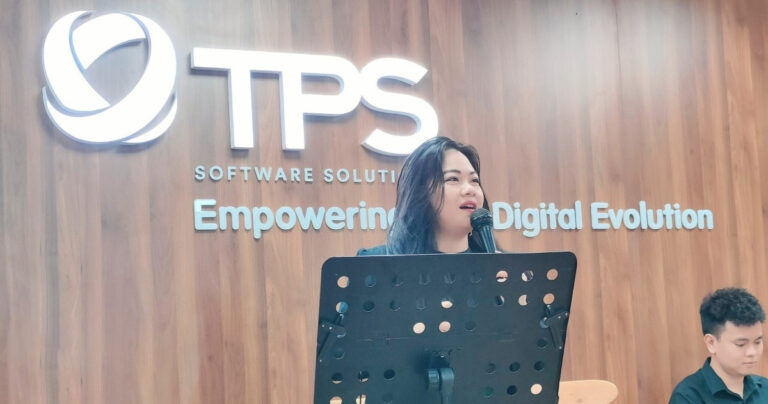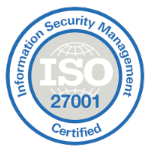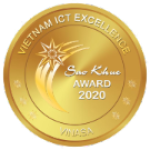What is the IOT platform?
IoT stands for Internet of Things. It is a term that describes the network of physical objects that are connected to the internet and can communicate with other devices and systems. IoT devices can include anything from household appliances to industrial machines, as long as they have sensors, software, and a unique identifier. IoT devices can collect and share data and perform actions based on instructions or changes in their environment.

IoT Examples: A Look at Connected Devices
Smart home devices like voice assistants, thermostats, security systems, and vacuums. These devices can help you control your home environment, automate tasks, and provide convenience and comfort.
Wearable technologies, such as smartwatches, fitness trackers, and medical devices. These devices can monitor your health, activity, location, and other personal information. They can also connect to your smartphone or other devices to share data and notifications.
Autonomous vehicles, such as self-driving cars, trucks, ships, airplanes, and trains. These vehicles use sensors, cameras, and GPS to navigate their surroundings, avoid obstacles, and respond to traffic signals. They can also communicate with other vehicles and infrastructure to optimize routes and safety.
IoT: Opportunities, Challenges, and Considerations
IoT has many applications in different settings and industries. It can help improve efficiency, productivity, quality, safety, security, and customer satisfaction. It can also enable new business models and innovations. However, IoT poses challenges and risks, such as privacy, security, interoperability, scalability, and reliability. Therefore, IoT requires careful design, implementation, and management to ensure its benefits outweigh its costs
The Rising of IOT Mobile in the Technology World
Mobile IoT is the hottest trend because it enables a wide range of applications and use cases that require low power, wide area, and secure connectivity. Mobile IoT refers to the use of cellular technologies such as LTE-M and NB-IoT to connect IoT devices to the internet.
Advantages of Mobile IoT Connectivity
- It can support massive numbers of devices with low data rates and long battery life.
- It can provide reliable and secure connectivity in challenging environments, such as underground or rural areas.
- It can leverage the existing cellular infrastructure and spectrum, reducing deployment costs and complexity.
- It can enable global roaming and interoperability across different networks and regions.
Mobile IoT: Growth and Potential in Statistics
- According to IDC, the global annual revenue from IoT devices will reach $1.1 trillion by 2023, with a compound annual growth rate (CAGR) of 12.6% from 2019 to 2023.
- According to Statista, the number of licensed cellular IoT connections worldwide will grow from 1.7 billion in 2020 to 6.7 billion in 2030, with a CAGR of 14.6%. The Asia-Pacific region will account for the largest share of cellular IoT connections, followed by Europe and North America
- According to research, the number of IoT-connected devices worldwide will grow from 9.8 billion in 2020 to 29.4 billion in 2030, with a CAGR of 11.7%. The consumer segment will account for the majority of IoT-connected devices, followed by manufacturing and transportation.
- According to Fyk Mobile, mobile IoT is one of the key drivers of innovation and transformation in various industries, such as smart cities, healthcare, agriculture, logistics, and retail. Mobile IoT can enable new services and solutions that improve efficiency, productivity, quality, safety, security, and customer satisfaction.
The Relation of IOT Devices and Mobile Apps
IoT devices and mobile apps are related in the sense that they can communicate with each other through the internet or other networks, and exchange data and commands. Mobile apps can act as interfaces, controllers, or monitors for IoT devices, depending on the purpose and functionality of the device. Mobile apps can also enhance the user experience and convenience of IoT devices, by providing features such as notifications, personalization, analytics, and remote access.
Top 8 Popular IOT Applications in 2023
IoT In Smart Cities
IoT applications in smart cities involve the integration of various devices and systems to collect, share, and analyze data pertaining to urban environments and services. This approach offers multifaceted benefits for urban areas.
Firstly, IoT contributes to the improvement of efficiency and sustainability within smart cities. By employing sensors and devices, it can effectively measure and optimize parameters such as energy consumption, traffic flow, waste management, and air quality. This optimization leads to more environmentally conscious and resource-efficient urban planning and operations.
Moreover, IoT plays a pivotal role in enhancing the quality of life and services provided to citizens and visitors. Innovative devices like beacons, digital signage, smart mirrors, and smart shelves gather and analyze data on individual preferences, behavior patterns, and feedback. This wealth of information enables the delivery of personalized offers, recommendations, and solutions. For example, it can revolutionize smart city services in areas like parking management, tourism, healthcare, and education, resulting in more tailored and enjoyable experiences.
Furthermore, IoT fosters innovation and collaboration in the smart city ecosystem. Leveraging data-driven insights and advanced analytics, it supports decision-making processes and problem-solving. With the aid of platforms such as cloud computing, big data analytics, and artificial intelligence, IoT processes and visualizes data collected from various sources. This real-time data feedback loop encourages city planners, businesses, and stakeholders to collaborate on innovative solutions, driving the continuous improvement of urban environments.
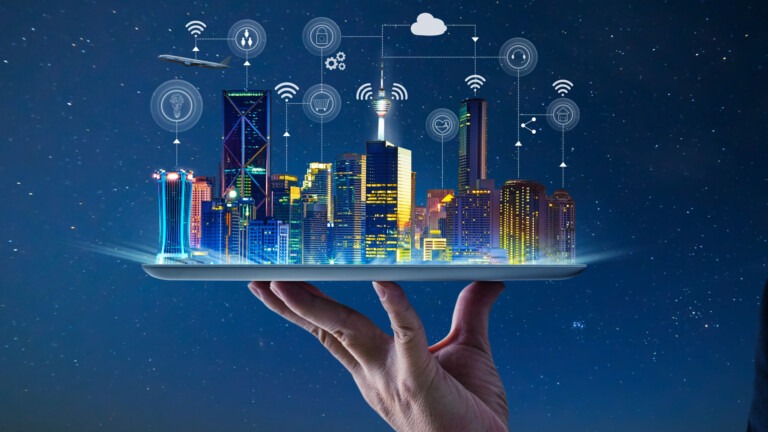
Benefits of Mobile IoT in the logistics and transportation industry
The logistics and transportation industry is poised for rapid growth in the use of Mobile IoT, which leverages cellular technologies like LTE-M and NB-IoT to connect IoT devices to the internet. Mobile IoT brings several advantages to this sector. Firstly, it facilitates real-time tracking and tracing of goods, vehicles, and assets throughout the supply chain, enhancing visibility and security. For instance, attaching cost-effective asset trackers provides precise location and temperature data, even for container shipments arriving at seaports.
Secondly, Mobile IoT contributes to efficient fleet management by collecting and analyzing data such as speed, fuel consumption, route, and driver behavior. This data-driven approach aids in cost reduction, emission control, and accident prevention. It also supports remote vehicle diagnostics and maintenance, fostering communication among drivers and managers.
Lastly, Mobile IoT streamlines logistics operations by automating processes through RFID tags and sensors. These technologies manage inventory levels, warehouse space, and order fulfillment, reducing losses, errors, and delays. Furthermore, Mobile IoT enables the implementation of smart contracts and automated payments triggered by the delivery or receipt of goods, adding another layer of efficiency to the logistics industry.

IoT in Healthcare
IoT applications, or IoT apps, play a pivotal role in healthcare by connecting devices and systems to collect, share, and analyze data. These apps offer several key benefits within the healthcare sector. Firstly, they enable remote patient monitoring, allowing patients to receive care from the comfort of their homes while transmitting vital signs and health data to healthcare providers, ensuring timely interventions and enhancing patient satisfaction.
IoT apps also facilitate telemedicine, granting patients access to medical consultations and services via smartphones or tablets. Through features like video conferencing and AI-driven chatbots, patients can connect with healthcare professionals, reducing travel costs, increasing resource accessibility, and improving diagnosis and treatment.
Furthermore, IoT apps are instrumental in the development of smart hospitals. They optimize hospital and clinic operations by monitoring and controlling various aspects, including the environment, equipment, inventory, and staff. This enhances efficiency, productivity, quality, safety, and security within healthcare facilities.
Last but not least, IoT apps aid in the integration of medical devices and systems used for diagnosis, treatment, or research. Through APIs and SDKs, these apps facilitate data exchange and communication among different devices and platforms, thus improving interoperability, compatibility, accuracy, and reliability in the healthcare ecosystem.
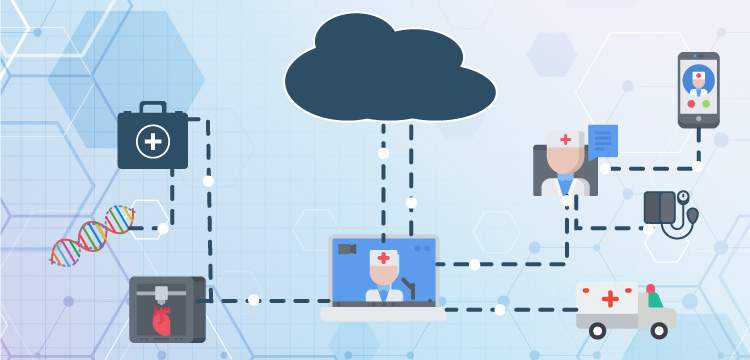
IoT in Insurance
IoT applications in the insurance industry harness the power of the Internet of Things (IoT) to connect various devices and systems for data collection, sharing, and analysis. These applications offer a multitude of benefits, including enhanced risk assessment, cost reduction, and improved customer experiences.
One notable example of IoT applications in insurance is telematics, which utilizes IoT devices like sensors, GPS, and cameras to monitor and record driving behavior and vehicle usage. This data allows insurers to offer personalized and usage-based premiums, discounts, and rewards to drivers based on factors such as driving habits, mileage, location, and time. Telematics also empowers insurers to provide valuable feedback and coaching to drivers, improving safety and accident prevention.
Another key application is smart home technology, which employs IoT devices such as thermostats, security systems, smoke detectors, and water leak sensors to monitor and safeguard homeowners’ environments. Insurers can offer lower premiums, discounts, and incentives to homeowners who install these devices, as they help prevent or mitigate damages from fire, theft, water, or weather. Additionally, smart home systems enable insurers to deliver alerts, recommendations, and assistance to homeowners, enhancing home security and maintenance.
Wearable devices represent another facet of IoT applications in insurance. These devices, including smartwatches, fitness trackers, and medical monitors, gather data on individuals’ health, activity, location, and personal information. Insurers can use this information to offer personalized and wellness-based premiums, discounts, and rewards to individuals who adopt healthy lifestyles. Wearables also enable insurers to provide valuable feedback, coaching, and support to individuals, ultimately improving their overall health and well-being.
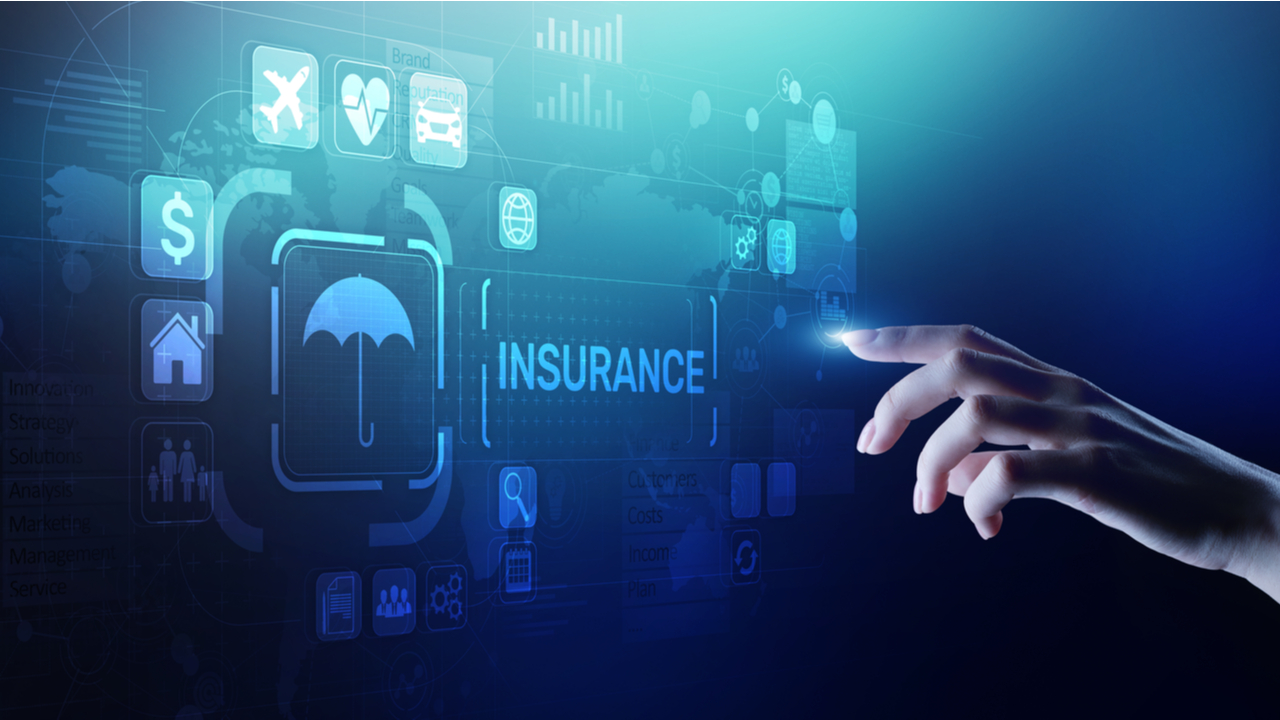
IoT in Retail
IoT applications in the retail sector leverage the Internet of Things (IoT) to connect various devices and systems for data collection, sharing, and analysis. These applications offer a host of advantages, including the enhancement of customer experiences, operational efficiency, and profitability.
One significant application is inventory management, where IoT enables retailers to monitor and manage inventory levels, optimize warehouse space, and streamline order fulfillment processes. Smart devices like RFID tags, sensors, and cameras are deployed to monitor the location, quantity, and condition of goods, ultimately preventing losses, errors, and supply chain delays.
Additionally, IoT applications are transforming the retail landscape by elevating the customer experience. Personalization and interactivity are achieved through devices such as beacons, digital signage, smart mirrors, and smart shelves, which collect and analyze customer data, including preferences, behavior patterns, and feedback. This data drives the provision of customized offers, recommendations, and solutions, enriching the shopping experience and fostering customer satisfaction.
Furthermore, IoT applications play a pivotal role in optimizing retail marketing strategies. By harnessing data-driven insights and analytics, retailers can fine-tune their marketing efforts, tracking the effectiveness of activities like advertisements, promotions, and coupons through devices like social media platforms, mobile apps, and web browsers. This approach not only increases customer engagement and retention but also boosts conversion rates. For instance, IoT facilitates dynamic pricing and promotions based on real-time demand and supply, enhancing marketing efficiency and effectiveness in the retail industry.
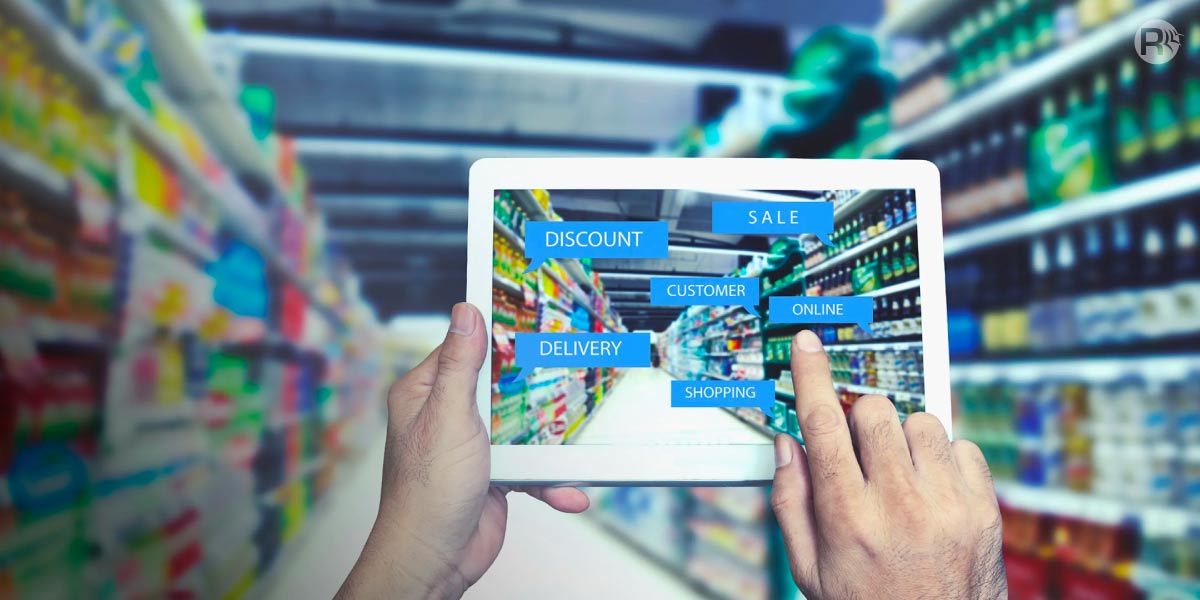
IoT in Agriculture
IoT in agriculture refers to the application of the Internet of Things (IoT) to connect various devices and systems for data collection, sharing, and analysis in farming and food production. This approach offers a multitude of benefits for the agricultural sector.
Firstly, IoT in agriculture enhances crop yield and quality by utilizing sensors and devices to measure and optimize key parameters such as soil moisture, temperature, pH levels, and crop health. This data-driven approach has applications even beyond traditional agriculture, as seen in the management of specialized crops like medical plants.
Secondly, IoT in agriculture contributes to cost reduction and environmental sustainability. Smart irrigation, fertilization, and pest control systems adjust water and nutrient supply based on crop needs and weather conditions, leading to resource-efficient farming. Precision agriculture, enabled by IoT, can save substantial amounts of water and fertilizer while minimizing the environmental impact.
Additionally, IoT technology enhances animal welfare and productivity in agriculture. Sensors and devices monitor and track the health, location, and behavior of livestock, facilitating disease detection, theft prevention, and optimized animal care and breeding.
The adoption of IoT in agriculture is on the rise, with farmers and agribusinesses increasingly embracing smart farming solutions. The global IoT in the agriculture market is expected to reach significant growth, driven by the demand for food security, the integration of cloud computing and big data analytics, and government initiatives supporting digital transformation in agriculture. According to MarketsandMarkets, the market is projected to reach $20.9 billion by 2024, with a compound annual growth rate (CAGR) of 14.7% from 2019.
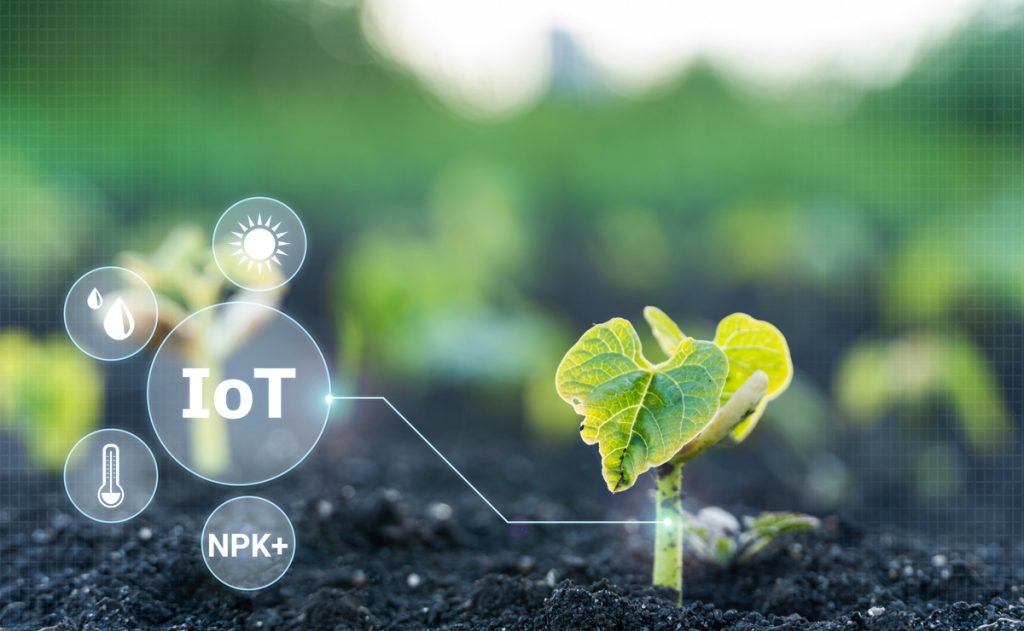
IoT in Hospitality
IoT mobile applications in hospitality are applications that use the Internet of Things (IoT) to connect various devices and systems that can collect, share, and analyze data related to the hospitality industry. IoT mobile applications can have many benefits for hospitality, such as improving customer experience, operational efficiency, and profitability.
Some of the examples of IoT mobile applications in hospitality are:
- Room service: IoT mobile applications can enable guests to order food, drinks, or other services from their smartphones or tablets, without the need for calling or waiting. IoT mobile applications can also track and notify guests about the status and delivery time of their orders. For example, Room Service App is a mobile app that allows guests to order room service from their phones and pay with their credit cards.
- Security system: IoT mobile applications can enhance the security and safety of the guests and their belongings, by using smart locks, cameras, alarms, and sensors. IoT mobile applications can also allow guests to lock and unlock their doors, check their cameras, or receive alerts from their smartphones or tablets. For example, August is a smart lock system that can be controlled by a mobile app or voice commands
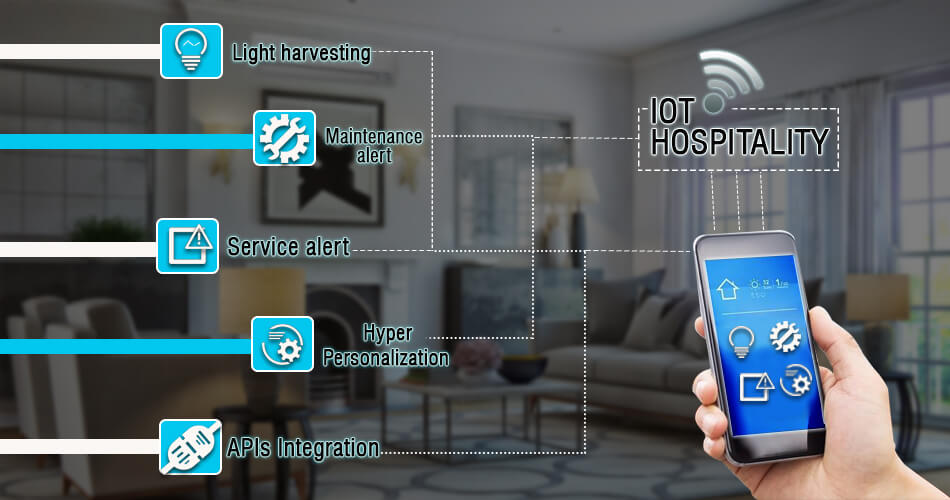
Energy-saving & Smart Grid IoT
Energy-saving and smart grid IoT applications within the Internet of Things (IoT) ecosystem have a significant aim: to reduce energy consumption and carbon footprints across households, businesses, and cities, all while enhancing the reliability and security of power distribution. Smart meters, for instance, play a pivotal role by measuring and transmitting energy usage data to utility companies or grid operators, allowing consumers to monitor and manage their consumption more effectively. This also facilitates dynamic pricing and demand response programs that incentivize consumers to adjust their energy usage during peak hours.
Another critical aspect is the integration of smart appliances, which can communicate with smart meters or grid operators to optimize energy settings based on factors like pricing, availability, or environmental conditions. This not only helps consumers save energy and costs but also aids utility companies in load balancing and integrating renewable energy sources. For instance, appliances like refrigerators, air conditioners, and water heaters can be remotely controlled to reduce energy consumption when needed.
Smart lighting systems represent another facet of energy efficiency within IoT, with devices that adapt brightness and color based on factors like time of day, occupancy, or motion detection. These systems offer energy savings for consumers while assisting utility companies in managing peak demand and reducing voltage fluctuations, along with enhancing safety and visibility in public spaces.
Lastly, smart grid management is a comprehensive IoT system leveraging sensors, actuators, switches, and controllers to monitor and control all aspects of the power grid, from generation to distribution. This advanced management system not only boosts efficiency, reliability, resilience, and security but also facilitates the integration of distributed renewable energy sources like solar panels and wind turbines, along with microgrids and energy storage. Such innovations also extend into industries like manufacturing, enabling real-time monitoring, predictive maintenance, digital twin technology, and smart controllers. These applications collectively contribute to a more sustainable, efficient, and environmentally conscious energy landscape.
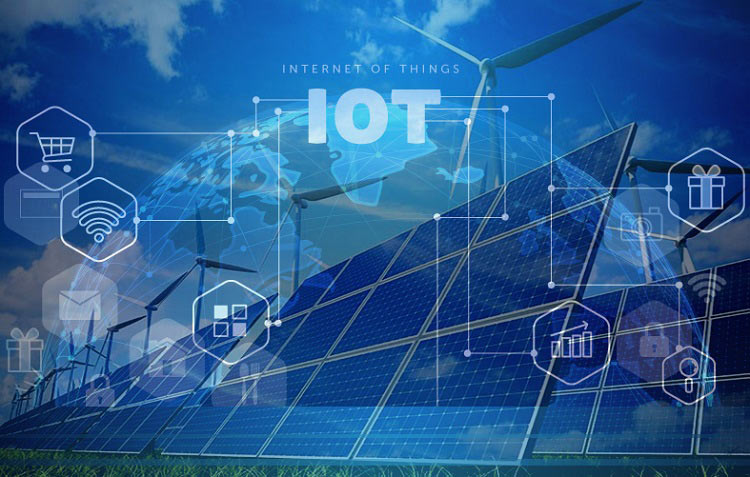
Conclusion
In summary, IoT is more than just a buzzword; it’s a fundamental driver of technological advancement and innovation. Its impact on industries and society as a whole continues to evolve, promising a future filled with smarter, more connected, and more sustainable solutions to the challenges and opportunities that lie ahead. Embracing IoT technology and its applications is not just an option but a necessity for those seeking to thrive in an increasingly interconnected world. If you are seeking IOT solutions, do not hesitate to contact TPS Software which has dense experience in providing advanced IOT solution.
